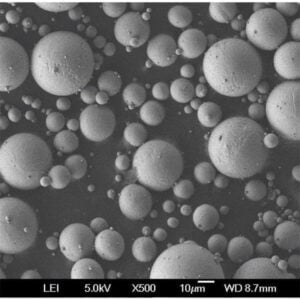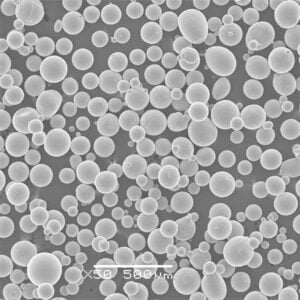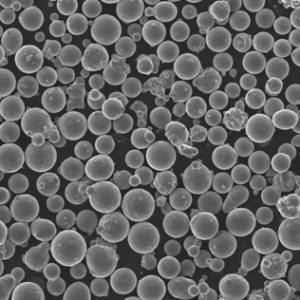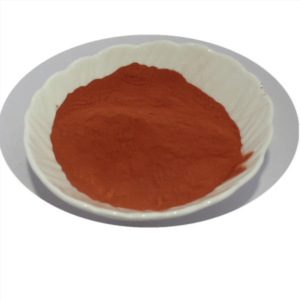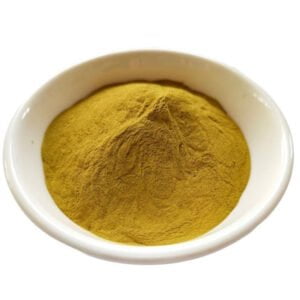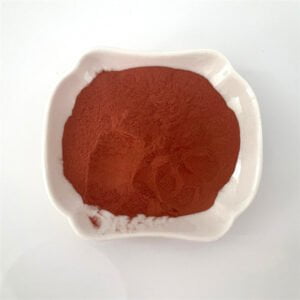チタンアルミナイドパウダー
目次
チタンアルミナイドはチタンとアルミニウムからなる軽量で高強度の金属間合金の一種です。このガイドは、製造方法、組成、主な特徴とパラメーター、サプライヤーと価格、産業にわたる多様な最終用途、よくある質問など、粉末状のチタンアルミナイドに関するリファレンスとして役立ちます。
概要 チタンアルミナイドパウダー
チタンアルミナイド粉末は、アルミニウムを多く含む特殊なチタンリッチ合金です。主な特性
- 組成:チタン+アルミニウム+その他の元素
- 製造ガスアトマイズによる微粉化
- 粒子の形状:ほとんどが球形
- 粒度ミクロンから100ミクロンまで
- 密度3.7-4.25 g/cm3
- 主な特徴耐熱性と耐酸化性
チタンとアルミニウムをブレンドすることで、従来の合金よりも強化された特性を持つ独自の軽量結晶構造を生み出し、〜750℃までの高性能用途で汎用性を発揮する。
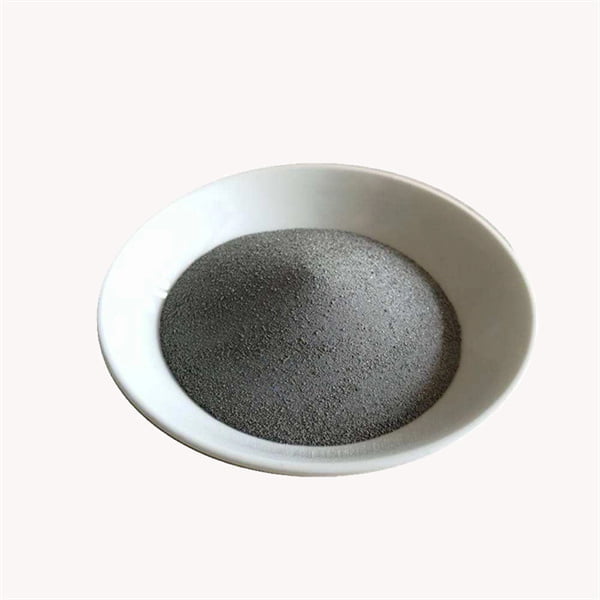
チタンアルミナイド粉末の種類
アルミニウムの含有量を調整し、改質剤を加えることによって、チタンアルミナイドは特定の微細構造と特性を持つようになる:
| タイプ | 構成 | 特徴 |
|---|---|---|
| α2 Ti3Al | Ti-25Al | 高い強度 優れた耐食性 |
| γ TiAl | Ti-48Al | 優れた耐酸化性 クリープ強度 |
| α2 + γ TiAl | Ti-45Al | 強度、延性、環境保護のバランス |
表1: 金属成分と特徴による一般的なチタンアルミナイド粉末のバリエーション
γ-TiAl系は、ニッケル超合金に比べ低い密度を維持しながら、高温で最高の比降伏強度を提供する。追加元素はさらに特性を調整する。
生産方法
チタンアルミナイド粉末を製造する商業的な製造プロセスには以下のようなものがある:
- ガス噴霧 - 不活性ガスが溶融合金の流れを微細な液滴に分解します。
- プラズマ回転電極プロセス - 紡糸された帯電融液の遠心分解
- 不活性ガス凝縮 - 気化した合金が凝縮してナノ粒子になる
ガス流量、圧力差、冷却プロファイルなどの処理パラメータを調整することで、粉末の粒度分布、結晶粒の形態、内部微細構造をアプリケーションの要件に合わせて調整することができる。
の性質 チタンアルミナイドパウダー
物理的性質
| 属性 | 詳細 |
|---|---|
| 州 | 固体粉末 |
| カラー | ダークグレー |
| 臭気 | 無臭 |
| 結晶構造 | 合金により正方晶、六方晶、斜方晶 |
| 密度 | 3.7-4.25 g/cm3 |
機械的特性
| 測定 | 価値 |
|---|---|
| 引張強度 | 500-900 MPa |
| 圧縮強度 | 1000-1800MPa |
| 硬度 | 350-450 HV |
| 破壊靭性 | 15-35 MPa√m |
熱特性
| メートル | 評価 |
|---|---|
| 融点 | 1350-1450°C |
| 熱伝導率 | 4-8 W/mK |
| 熱膨張係数 | 11-13 x10-6 K-1 |
| 最高使用温度 | 750°C (~1400°F) |
表2: チタンアルミナイド粉末の物理的、機械的、熱的特性の概要
低密度と耐熱性、耐環境性を併せ持つこの優れた組み合わせは、航空機、自動車、エネルギー、化学システムなどでの使用を容易にしている。
仕様
チタンアルミナイド粉末は、標準仕様を満たしたものが市販されている:
サイズ分布
| スタンダード | ミクロン | 製造方法 |
|---|---|---|
| ファイン | 0-25 | ガス噴霧 |
| ミディアム | 25-45 | ガス噴霧 |
| 粗目 | 45-105 | プラズマ回転電極 |
化学的純度
| グレード | アルミニウム % | 酸素ppm |
|---|---|---|
| スタンダード | 48-50% | 3000+ |
| 高い | 45-50% ± 2% | <3000 ppm |
| 超高 | 45-50% ± 1% | <1000 ppm |
表3: チタンアルミナイド粉末の代表的なサイズ範囲、アルミニウム含有量、純度レベル
粒子径、組成の一貫性、酸素不純物について、より厳しいスクリーニングを行うことで、精密な性能をサポートするが、コストは増加する。
チタンアルミナイド粉末メーカー
専門の生産者は、純度やサイズプロファイルの異なる商業量を提供している:
| 会社概要 | ブランド名 | 価格帯 |
|---|---|---|
| サンドビック | ティアル・オスプレイ | $140-450/kg |
| プラクセア | チタンアルミナイド | $100-425/kg |
| アトランティック・エクイップメント・エンジニア | AEE TiAlパウダー | $130-500/kg |
| 特殊金属株式会社 | プレアロイTiAl | $155-425/kg |
表4: 評判の高いアルミナチタン粉末メーカーと価格帯を選ぶ
価格は、購入数量、試験/認証要件、カスタム合金の最適化などによって異なります。少量サンプルもございます。
の応用 チタンアルミナイドパウダー
| セクター | 用途 | メリット |
|---|---|---|
| 航空宇宙 | ジェットエンジン部品、機体 | 軽量化、耐温度性 |
| 自動車 | ターボチャージャーホイール、バルブ | 効率を高める |
| インダストリアル | 熱交換器、リアクター | ゲインパフォーマンス |
| 石油・ガス | ダウンホールツール、海中 | 信頼性の向上 |
表5: チタンアルミナ粉の主要特性を活かした主な応用分野
従来の材料よりも軽量で高温での環境安定性に優れているため、単価が高いにもかかわらず採用が進んでいる。
長所と短所の比較
チタンアルミナイドの利点
- ニッケル超合金より低密度 - 25-35%の軽量化
- 50%以上の比強度を750℃まで保持
- 鋼鉄に比べ優れた耐酸化性と耐燃焼性
- ネットシェイプ部品への加工性
克服すべき課題
- 高い材料費 - 代替鋼材の5倍以上のコスト
- 室温での延性/破壊限界が低い
- 化学薬品によっては保護コーティングが必要
- 積層造形技術におけるモデリングと品質保証の取り組み
強化された熱性能の特性と、製造および部品ごとの価格要因とのバランスが、アプリケーションの実行可能性を左右する。
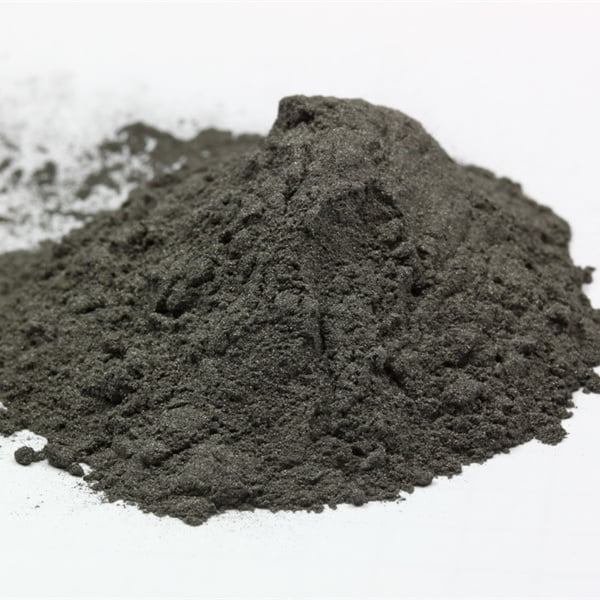
よくあるご質問
Q: チタンアルミナイド粉末とバルクの違いは何ですか?
A: 微粉末の形態は、複合航空宇宙産業や自動車部品を製造する積層造形に特に適している。バルク形状はインゴット冶金に利用されます。
Q: チタンアルミナイドの付加製造部品にはどのような後処理が施されるのですか?
ほとんどの付加製造部品は、完全な密度圧密と最適な微細構造を達成するために、熱間等方圧加圧(HIP)と熱処理を必要とする。その後、最小限の機械加工が行われる。
Q:未使用のアルミナ化チタン粉末は密閉保存でどのくらいもちますか?
A: チタンアルミナイド粉末は不活性環境で適切に保管され、酸化や劣化が流動性や性能に影響を与えるまで12~24ヶ月間持続します。
Q:チタンアルミナイドを改良するための研究分野にはどのようなものがありますか?
A: AM技術のための凝固ダイナミクスのモデル化、代替製造方法による材料コストの削減、室温での延性の向上などの取り組みが続けられています。
シェアする
MET3DP Technology Co., LTDは、中国青島に本社を置く積層造形ソリューションのリーディングプロバイダーです。弊社は3Dプリンティング装置と工業用途の高性能金属粉末を専門としています。
関連記事
Met3DPについて
最新情報
製品

3Dプリンティングと積層造形用金属粉末







